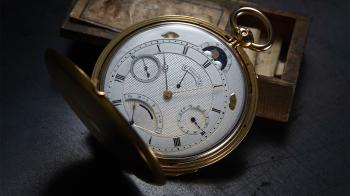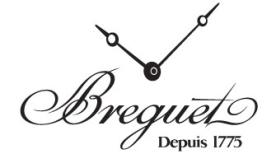“Do not interrupt a guilloché artist under any circumstances,” warns the guilloché expert at the Breguet boutique. “If he looks up while makes a series of lines, the regularity of the movement will be lost and he will need to start over again.” Fortunately, we are here in an initiation workshop, with brass dials as our guinea pigs, instead of the usual Breguet gold, and I can question him at will before trying my luck.
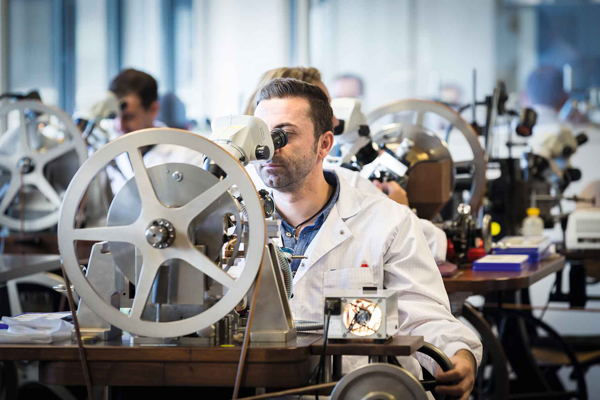
The Jedi Master of Engraving
To be introduced to guilloché at Breguet is to be in the company of THE historical reference in the field. For it was Abraham-Louis Breguet who was the first to combine guilloché and watchmaking, with the first known watch dating back to 1786. From then on, guilloché and watchmaking have been inseparable. Breguet loved this decorative technique with its classical sobriety that allowed him to deviate from enamel, a specialty of Calvinist Geneva, that was all the rage in his time. The technique also made it easier to read the information by defining different zones on the dial.
Today, the Breguet Manufacture claims to have the largest guilloché workshop in Switzerland. But it is not just a question of owning the machines, you need to be able to master them too. “For my first day of apprenticeship, my master provided me with the guilloché machine…in parts! By assembling them, I was able to understand its mechanics,” says the shop’s craftsman with a smile. But what makes a guilloché artisan an expert in the field? He has to have a natural ability to concentrate and a love for precision. But, above all, he needs to understand the material in three dimensions, oh yes, and train for years.
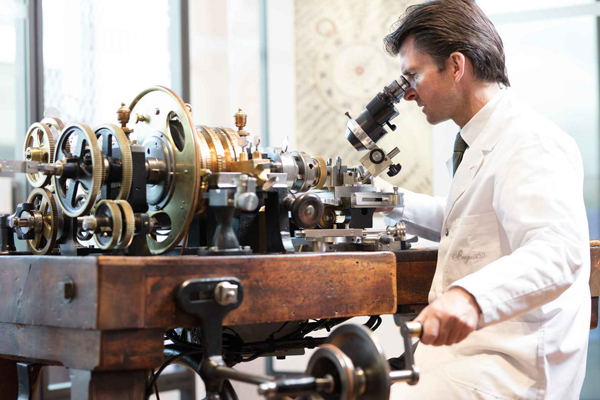
The patterns created by Breguet – whether traditional or more modern in the case of the “Marea” of the Marine Lady – are executed on the dial, case, oscillating weight, and/or bridges with great care. The Breguet craftsmen decorate gold, but also mother-of-pearl, a very fragile material. “It is a question of scraping it to remove only the powder, without breaking the mother-of-pearl,” he explains.
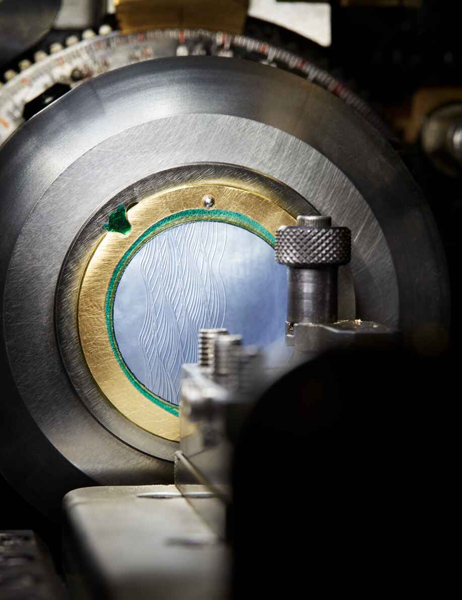
Becoming an Ace Guilloché Maker
After an initial demonstration, the guilloché artisan says “Your turn”. I am going to have to work on a straight-line guilloché machine from 1928 – a model that Breguet produced until the end of the 1980s. Next to it sits a guilloché lathe from 1906 that is used to trace circular patterns. Today, my mission is to obtain a Clous de Paris decoration, with a precision of one-tenth of a millimetre, which is the minimum quality criteria at Breguet.
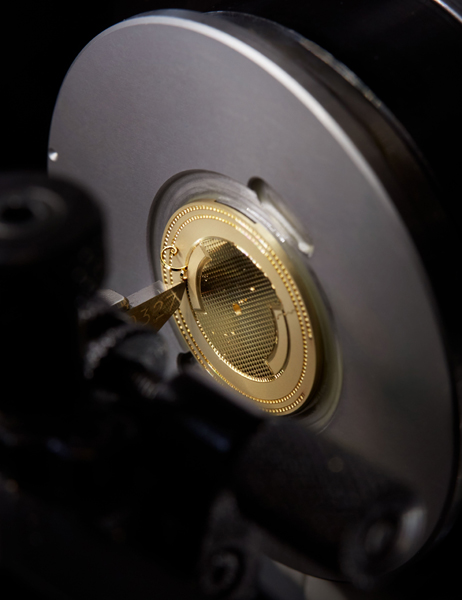
I am secretly hoping for some beginner’s luck, but if I am honest, I expect things to be a disaster. However, Mr. Guilloché has seen it all before and he makes fun of me to lighten the atmosphere. He explains to me that for the guilloché students trained at Breguet, there is no school, they are also put to the test like this. The final test consists of making the dial of the Réveil du Tsar with its seven different guilloché techniques. Once the work is completed, the guilloché student will often present his work proudly to the workshop manager, who will point out the fact that the student has been carried away by the momentum of the guilloché machine on the final lines of the outer border and has crossed the space reserved for the inscription “Swiss Guilloché Main” – something he will remember for a long time to come.
A Multitude of Perfectly Pointed “Clous”
With my left hand on the crank to raise or lower the dial, and my right hand on the lever to provide the necessary pressure, I am ready. “We usually make two passes: the first to remove 90% of the material and the second to refine the line. Because, if it is easy to remove material, it is obviously impossible to put it back. Under the movement of the chisel, the metal chip seems to “peel” away from the surface, like a shiny coil. The show is a pleasure to watch, captivating even. But the adrenalin and the pressure is there. You have to keep constant pressure before stopping sharply and precisely, then shift the chisel to the next line.

What if there was a small imperfection on a dial that didn’t even distract from the aesthetics of the piece? For example, two guilloché patterns that had got switched on a counter? “Never!” declares the guilloché expert, sternly. It would give rise to speculation, which Nicolas Hayek, who bought Breguet in 1999, wanted to avoid at all costs. All that remains is to create the exception by inserting my own Clous de Paris decoration – a souvenir of this guilloché initiation – on a Breguet dial!
